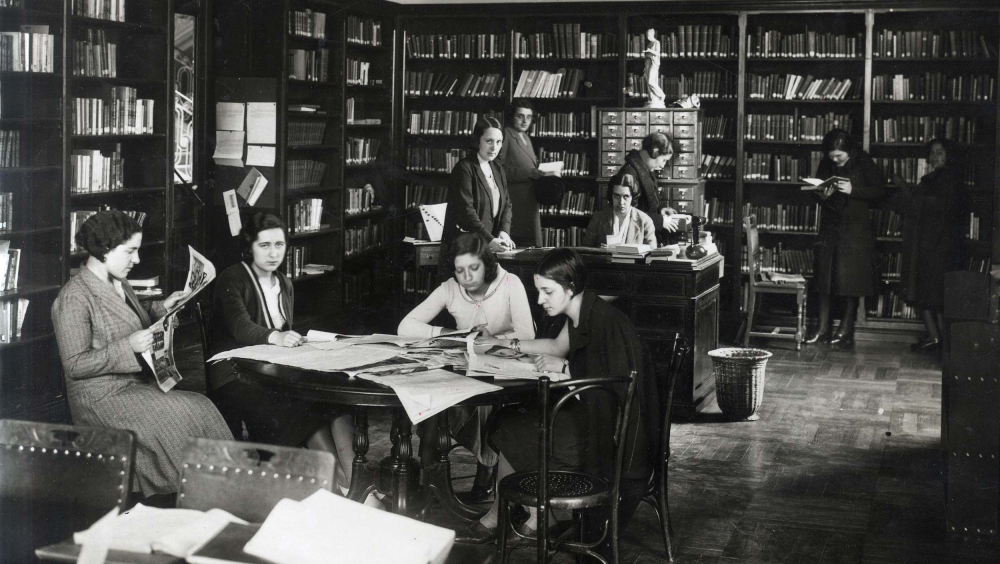The Letter: Art and Education. Europe's inspirations.
This project aims to recover the story of an artist, who among many other women was educated as part of the Residencia de Estudiantes. She benefited from the spanish institutions’ encouragement of Europeanist programs during the Edad de Plata, programs that, like this project, aimed to reimagine in Spain the lessons learned from the rest of the continent and propel Spanish culture throughout Europe.
You asked me, dear teacher, if I’m never sad, or at least not when I sit down to write. You think I’m always enthusiastic and perhaps I am, even if I don’t even realize it. But I do have my moments. Last Saturday, walking home after a premier, I remembered our small hotel on Fortuny Street. I mean, I remembered our Residencia de Estudiantes with longing. Maybe it was something in the Parisian façades that brought it back. You would say this is normal, because I return soon to Madrid. Imagine my excitement, and the anticipation of working with the Junta de Ampliación de Estudios as soon as I’m back in the city. I so wish to put this new pedagogy into practice. Each session in the Ecole de Rythmique J-D makes me more conscious of the educational needs in our country. If children must go to museums and read the Quixote, so too should they learn about the important musical figures of our past.
I could never have found better teachers than these in Europe. And I say Europe, madam, because I frequently think back to Portugal and professor Motta, who taught me so much. How far Lisbon and Paris feel from my little Vigo, that Spanish town where I was born. Life there is so poor, so small, that one barely cares to live, or fight, or desire anything. What for? Luckily, the idea of following in our European neighbors’ footsteps, and the hope of bringing all of this back to Spain, keeps such melancholy thoughts at bay.
This project shows how contact, mutual fertilization and collaboration between the cultures and arts of the different European countries consolidate the main values on which the European construction is based.The main character of this story defends the influence of tradition upon the formation of young people. Her reflection joins the thoughts, debates, and beliefs of a long list of intellectuals who, throughout history, underlined the necessity of understanding the past in the face of present concerns and future horizons. In the early twentieth century, the Residencia de Estudiantes was imbued with the ideals of European cooperation and dialogue to propel Spanish education and incite an exchange of values and ideas. It was conceived as a place where past, present, and roadmaps for the future established a dialogue that the Civil War would bring to a sudden end. Today, we live in the future built on those past dreams, but it remains to be seen whether we can meet the hopes and expectations of those who paved the way for us. Our proposal seeks to bring their ideas and values back to life, unearth hidden figures, and thereby galvanise, empower, and inspire today’s minorities. Evoking the power of education as a means of radical cultural change, the recovery of these hopes appears all the more necessary, as it will foster a greater understanding of the ways that civic institutions can spur the intellectual freedom, and accelerate the social integration, of minorities at large.
